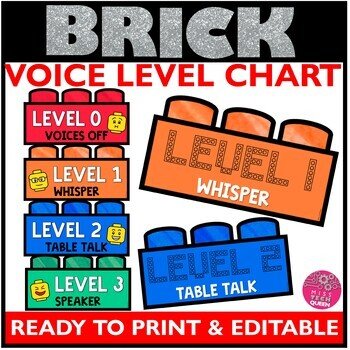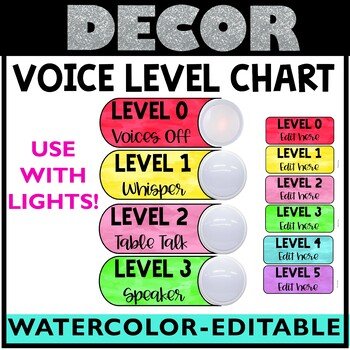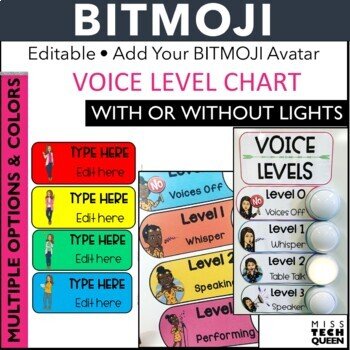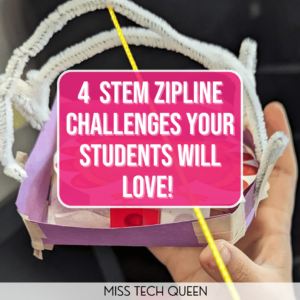
Small Group STEM Activities Made Easy
There are so many ways to use STEM activities in the classroom. From whole group instruction to partnered activities, STEM challenges are a fun way to get your students excited about learning. But, what do you do if you want to incorporate small group STEM activities into your curriculum? It can sound like a challenge to have more than one STEM activity going on at a time. I’m here to tell you that it can be done. And, it can be done in a fun and stress-free way everyone will love. Here are some helpful tips and tricks to facilitating successful small group STEM activities in your classroom this year.
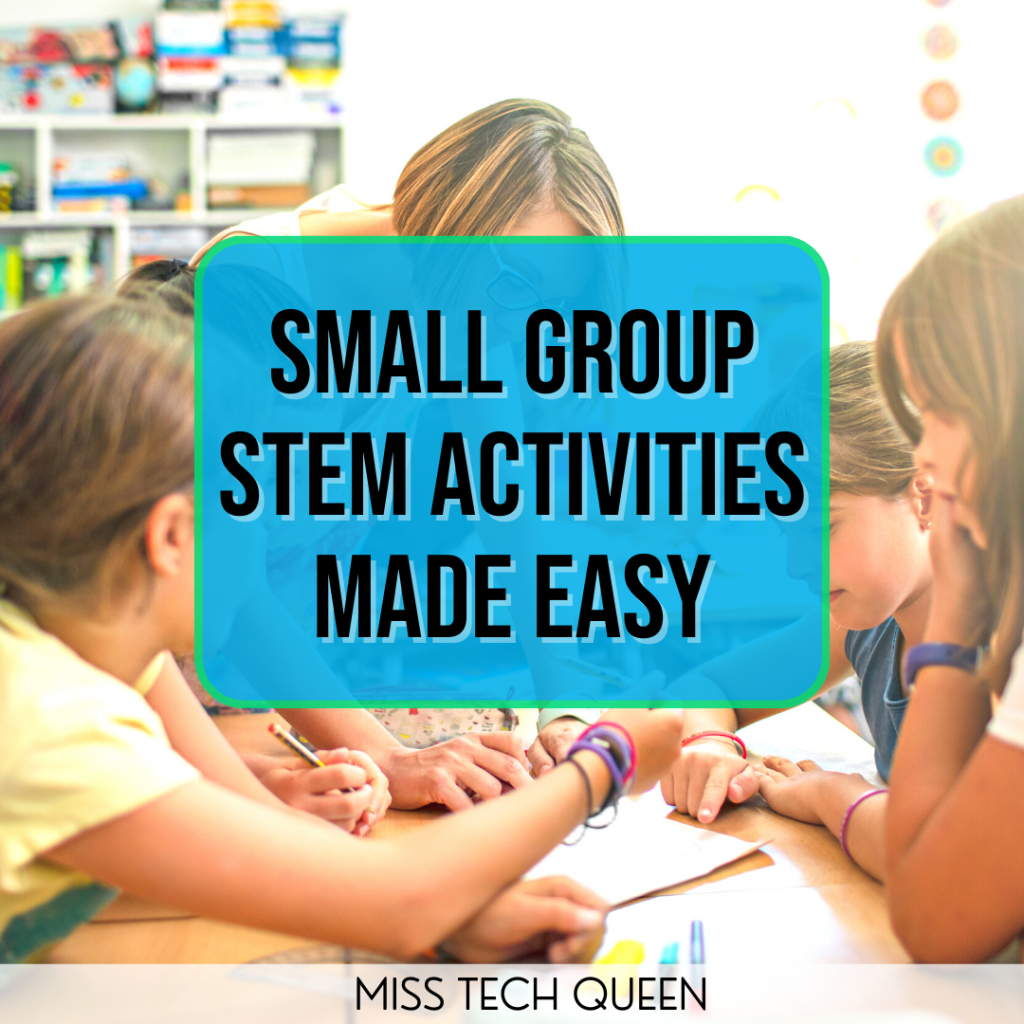
Setting up the Space for Small Group STEM Success
Before I even start my small group STEM activities, it’s important to decide what I want the layout of the classroom or the organization of the groups to look like.
Instead of designating tables with numbers, I like to use STEM careers or teams for each group. I use fun labels that I laminate and place on the tables, on bins, or even hang from the ceiling.
Examples of STEM careers I use to label tables include:
- Engineers
- Mathematicians
- Scientists
- Programmers
- Inventors
- Creators
- Makers
- Innovators
This way of labeling is perfect for making students feel like they are part of a team instead of just an individual sitting at the table. Not only is this a fun way to divide up students, but they get super excited to sit with their teams.
And, that’s the whole point of STEM activities right? Teamwork and building classroom community are the keys to successful learning.
Make STEM Group Expectations Clear
Before I start any STEM activity with my students, I make sure the instructions and expectations for how the activities will run are clear. In a classroom full of 25+ students things can get out of control quickly if you don’t have a plan in place.
If I have a new STEM challenge I’m introducing or trying small group STEM activities with a class for the first time, we take time to brainstorm as a class what the environment should look, feel, and sound like. When kids have a voice and choice in the classroom you will find you get a lot more buy-in. That equals more focus, collaboration, and success during the STEM challenge.
One of the most helpful ways I have found to keep the chaos at a minimum in my classroom is with a voice-level chart. I take it one step further though and add tap lights. These helpful lights are super inexpensive and can be found at your local discount store. All I have to do is stick some double-sided sticky tape on the back of each light and Voila!
After the first week of school, students are familiar with the voice-level chart and lights and the rest is smooth sailing. I love watching my students check the voice-level chart during class. It’s amazing to see them notice that the class or group is not on the appropriate voice level as indicated by the lights, and then use a friendly reminder to bring the voice level down. Not only does it take the stress from me, but it also empowers students to take responsibility for their learning environment. For even more voice-level charts head on over to the Miss Tech Queen TPT store today!
Team Roles for the Win
Another great way to help your small group STEM activities run smoothly is to use team roles. I like to think of them as classroom jobs, but specifically related to STEM challenges. With roles like Material Manager, Captain, and Recorder just to name a few, you can empower your students to run STEM challenges collaboratively. Check out the video below for more details!
You can grab these printable STEM Challenge Team Jobs in the Miss Tech Queen TPT store by clicking here.
Reflect and Don’t be Afraid to Make a Change
Teaching more than one grade level and over 350 students a week means a lot of different classroom dynamics. I know I can’t have a cookie-cutter approach to every class and that’s great. It’s important to do what’s best for each class to ensure successful small group STEM activities.

For my younger classes, I use a lot of visuals. I like to print out step-by-step instructions for each group which include images of what the steps look like. Older students usually do well with simple instructions and more choices. That’s where the collaboration piece of our STEM activities really comes into play.
If I find that a group setup isn’t working for a particular class or grade level, I give myself the grace to make changes to fit the needs of my students. I also like to include my older students when making decisions about groups and expectations. They love being involved and it helps them take ownership of the situation.
Take the Leap into Small Group STEM Activities and Have Fun
The best advice I have for anyone looking to start using small group STEM activities in their classroom is to go for it and have fun. We encourage our students to have a growth mindset, so it’s important that we remember to have one ourselves too. I’m sure in no time at all, you will be smoothly running small group STEM activities in your classroom!
Pin it!
Save these small group STEM activities tips and tricks to your favorite STEM Pinterest board so you can come back anytime!

Share it:
- Read more about: Classroom Decor, Makerspace, STEM



